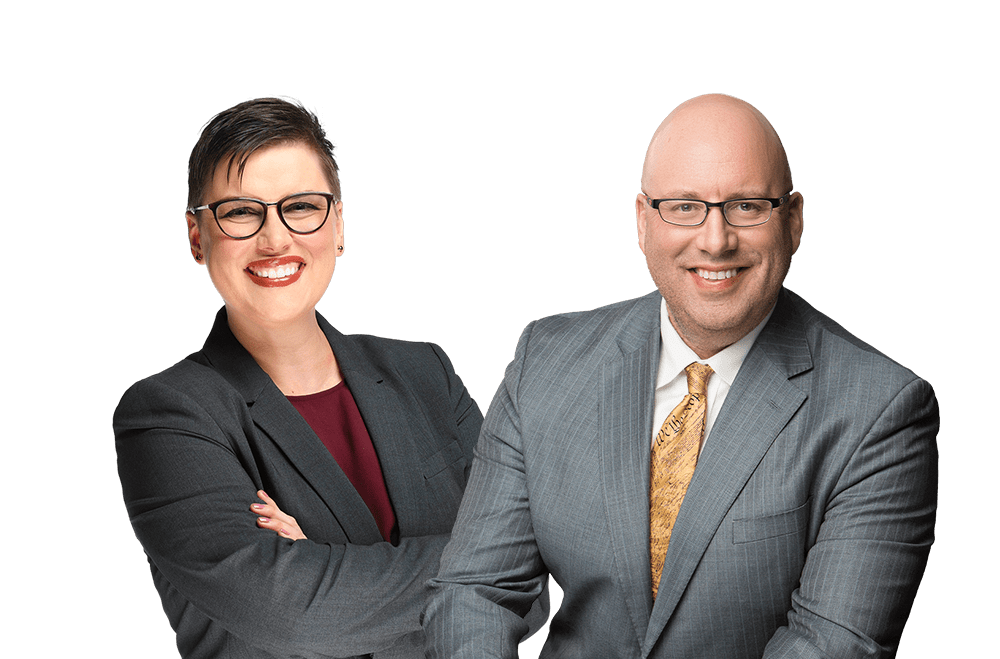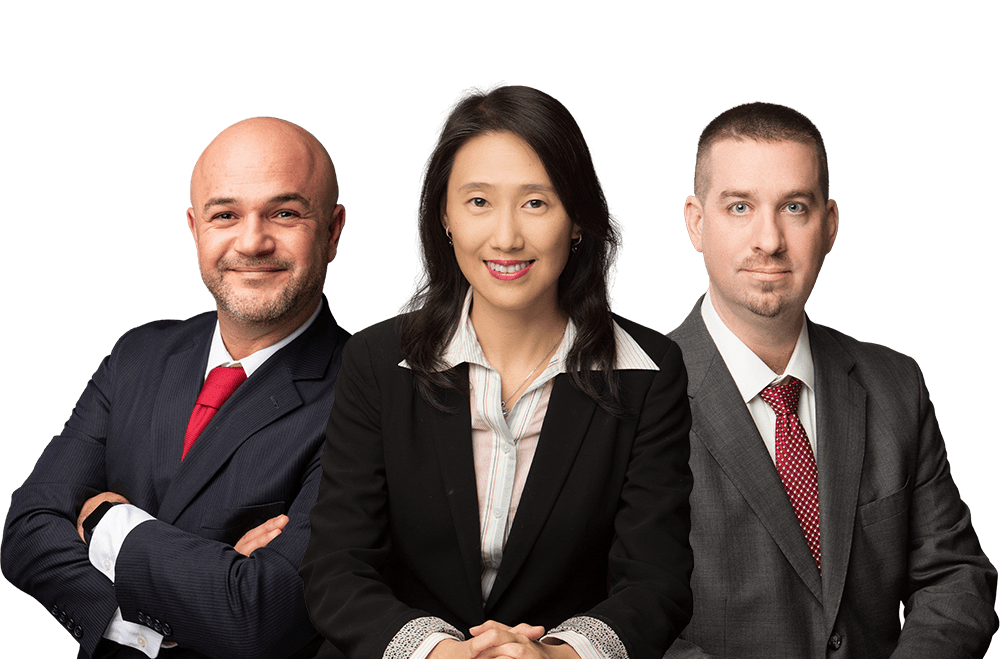SIPO Approved the Amendments of the Guidelines for Chinese Patent Examination
The patent office of China, the State Intellectual Property Office (“SIPO”), has approved the Amendments of the Guidelines for Patent Examination (“Guidelines”) on March 1, 2017. The Amendments cover subject matter relating to protection of business models and computer programs, supplementary experimental data, claim amendments in invalidation proceedings, patent examination information disclosure, as well as suspension procedure which will affect the patent owner and patent practitioner in many aspects. In general, these amendments demonstrate SIPO is open to adjusting the Chinese patent examination practice so that it is closer in alignment with international norms and to make examination more open and clear. The approved Amendments will take effect on April 1, 2017
Here we address some important amendments and their possible impact:
Eligibility of Computer Program Related Inventions
In the Amendment of Section 2, Chapter 9, Part II, a notable change is the insertion of “per se” after the phrase “computer program.” Such an amendment clarifies the difference between computer programs per se, and computer program related inventions. Computer programs per se, i.e. sequences of certain codes are not patentable. However, a claim drafted in the computer-readable medium plus computer program process format is permissible and should be regarded as a subject matter eligible.
Additionally, in the Amendment of Section 5.2, Chapter 9, Part II, the revised Guidelines clarified that the component parts recited in a software invention apparatus claim may not only be hardware but also software. This Amendment will allow applicants to properly claim inventions relating to computer programs with greater flexibility.
Apparatus Claim Drafting for Computer Program Related Inventions
In the Amendment of Section 5.2, Chapter 9, Part II, the revised Guidelines replace “function module” with “program module” in the context of drafting an apparatus claim on the basis of a computer program process with each component of the apparatus corresponding to each step of the process. This Amendment clarifies that the module in such claims should be recognized as a program module instead of a functional module. This avoids interpretation of these limitations as functional features, which would lead to an incorrectly narrow interpretation of the claim scope during claim construction in a patent litigation
Eligibility of Business Method Related Inventions
The newly-added example in Section 4.2, Chapter 1, Part I clarified that as with claims including rules or methods of mental activities, a claim that includes a business rule or method should be patentable provided that the claim includes technical features such that, when viewed as a whole, it is not merely a claim to the business rule or method. This amendment may show SIPO’s positive attitude and encouragement in connection with business rule or method related inventions.
Supplemental Experimental Data for Chemistry Inventions
The previous Guidelines precluded consideration by an examiner of any embodiment or experimental data submitted after filing of the application for determining whether a chemical invention is sufficiently disclosed. With the Amendment to Section 3.4, Chapter 10, Part II, examiners should consider and examine supplemental experimental data submitted during examination, and the technical effect to be proven by the data should be derivable by persons in the art from the original disclosure of the subject application under examination.
Claim Amendment during Invalidation Proceeding
Currently a patent owner can only amend a claim by combining two or more claims in their entirety, deleting technical solution(s), or canceling the claim during an invalidation proceeding. The Amendment to Section 4.6.2, Chapter 3, Part IV will give a patent owner more flexibility to amend claims during an invalidation proceeding by adding one or more technical features recited in other claims in order to further narrow the scope of the claim. Correction of obvious errors in a claim will be permitted as well according to the Amendment. Nevertheless, a patent owner is still not allowed to amend a claim by adding a technical feature from the specification, unlike in the United States.
Osha Liang will continue to watch these developing trends in China’s patent practice and will provide instant reports and insights to our readers.




